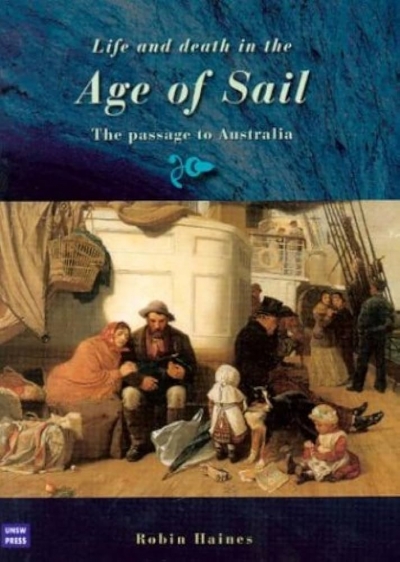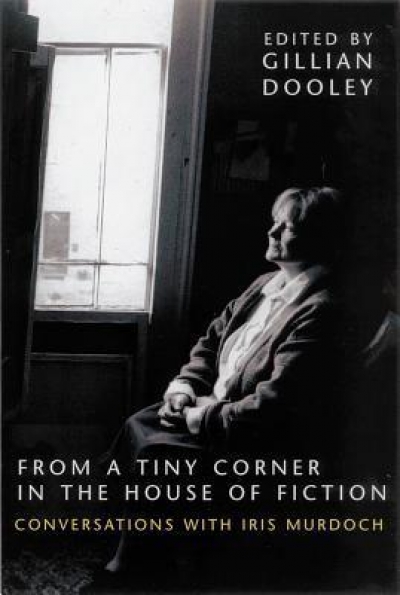The Age of Sail might be presumed to cover several centuries, beginning, say, as far back as the great age of European exploration in the fifteenth and sixteenth centuries, and continuing until wind-powered sea travel was gradually replaced, in the late nineteenth century, by steamships.
The euphonious title of Robin Haines’s book is therefore a little misleading. She deals only with British assisted emigrants to Australia in the nineteenth century, putting their personal accounts into historical and statistical context, or rather, fleshing out the statistics with the human stories from which they are extrapolated. These emigrants are working-class people for the most part, ambitious and, of course, self-selected by their literacy, with social networks strong enough to encourage them to write their shipboard letters or diaries to keep in touch with those they had left behind in Britain. They are also, as Haines points out, self-selected for success in the new colonies, since the successful were the most likely to have descendants who would preserve the diaries and letters of their fortunate ancestors.
...
(read more)





